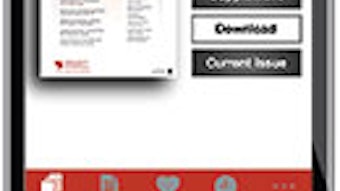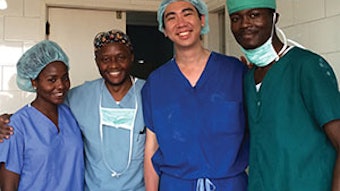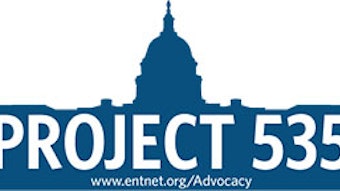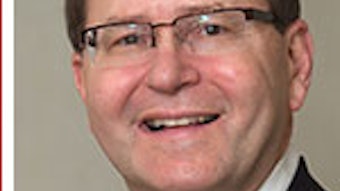Those who can do more, volunteer
Most of us are used to a very specific type of work. Whether we are working in a clinic, a hospital, or an operating room, we are used to applying certain otolaryngologic skills every day. We learned those skills in medical school and in training, and keep them fresh with CME activities. We advance our careers because we become great at these skills. As a group, we are self-motivated and highly capable learners. Otolaryngology residency applicant personality types1 show us to be primarily extroverted, thinking, and judging. We become, and stay, busy in our practices and in our families.
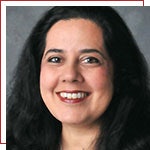
But every now and then, even the busiest person runs the risk of becoming insular and needs a new challenge. Challenges can be humbling, but they allow us to strive for further excellence. Committee service is such an opportunity. The best committees are those with representation from each personality type: visionaries (intuiting thinking), idealists (intuiting feeling), conductors (sensing judging) and troubleshooters (sensing perceiving)2, and that is the case with our Academy and Foundation committees. Since 1999, I’ve served on a number of scientific, programmatic, and practice-related committees and task forces. Some were “easier” than others, but I found all the work rewarding.
Some otolaryngologists say that they are too busy for committee service. We are all, indeed, very busy—clinical practice is very demanding, research is very time consuming, there are never-ending administrative issues, and trying to adapt to all the new rules can seem exhausting. But, as President Thomas Jefferson said, “May I never get too busy in my own affairs that I fail to respond to the needs of others.” We have all heard the phrase that the way to get something done is to give it to a busy person. Dr. Jonas Salk said it this way, “I feel the greatest reward for doing is the opportunity to do more.”
Others may feel that they are not the highest-level experts or cannot contribute meaningfully to a committee’s deliberations. Pshaw, I say. Dr. Martin Luther King, Jr., was a bit more eloquent: “Everybody can be great. Because anybody can serve. You don’t have to have a college degree to serve. You don’t have to make your subject and your verb agree to serve. … You don’t have to know the second theory of thermodynamics in physics to serve. You only need a heart full of grace.”
Serving on an AAO-HNS/F committee takes time that is worth finding, for the annual in-person meetings and the work that is done offline. It helps you discover and hone different skills than you normally use. You get to meet other otolaryngologists and develop your own leadership potential. And, of course, the work of the committees helps all of us provide the best in otolaryngologic care.
I had the difficult and very rewarding task of making the committee assignments this year. The number of otolaryngologists of all ages and from all types of practice situations who want to serve is extraordinary, and I tried to ensure that as many as possible got the chance. I owe an enormous debt of gratitude to Susan D. McCammon, MD, the Chair of the Academy’s Ethics Committee, and to the Academy’s own staff, who spent hours and hours of time and effort on this Herculean task with me. No process is perfect, and I also thank the Academy Members who reached out to me on behalf of themselves and others during this process. Actress and humanitarian Audrey Hepburn said, “If you ever need a helping hand, it is at the end of your arm. As you get older you must remember you have a second hand. The first one is to help yourself. The second hand is to help others.” It is heartwarming to see how many of us make use of that second hand.
This column is dedicated to those of our Members who have carved out time from their busy schedules to serve all of us and our patients by participating on committees. Thank you.
References
- Zardouz S, German MA, Wu EC, Djalilian HR. Personality types of otolaryngology resident applicants as described by the Myers-Briggs Type Indicator. Otolaryngol Head Neck Surg. 2011 May;144(5):714-8.
- www.umcom.org/learn/how -to-use-personality-tests-to-create-balanced-teams


